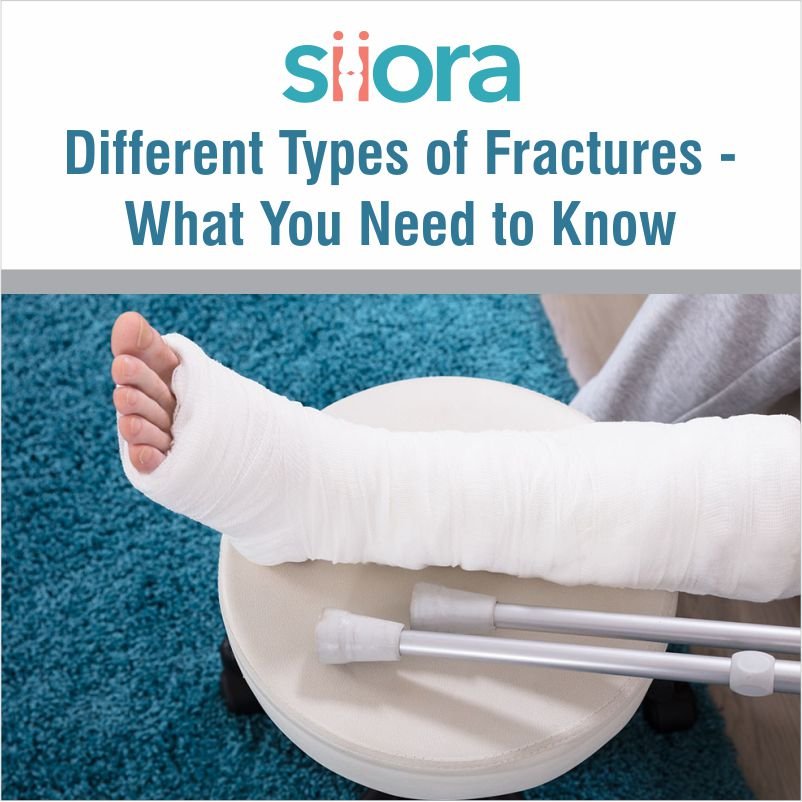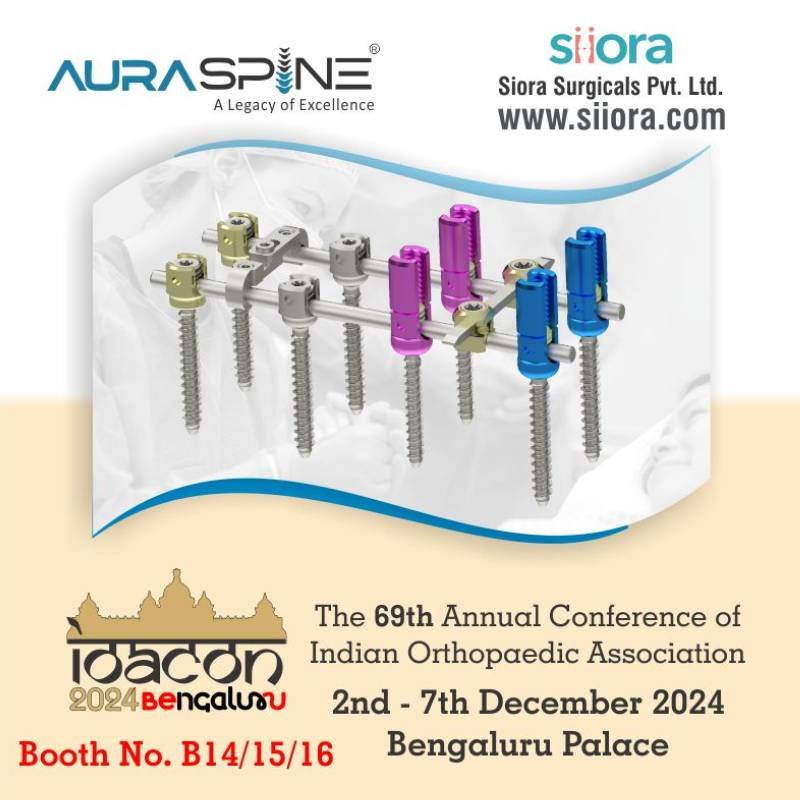Fractures are among the common injuries that people face, and their severity depends on the cause. A fracture is a medical term that describes a broken bone. Traumas and sports injuries are among the common causes of fractures and the intensity of the impact decides how severe it would be. Besides this, fractures can also occur because of overuse. The surgical requirement will depend on the severity of the fracture. Surgery often requires Orthopedic Implants & Instruments to stabilize broken bone fragments. Generally, the types of implants required depends on the types of fractures.
In this post, we will have a detailed look at different types of fractures.
What Are the Different Types of Fractures?
Fractures can be broadly classified based on three parameters:
Pattern
The pattern defines the shape of the break. However, the pattern of the break is identified based on how the fracture looks like.
Cause
Some fractures are also classified based on their cause. This means the event resulting in a fracture.
Location
Location means the part of the body where the fracture has occurred.

Type of Fractures Based on Pattern
Oblique Fractures
An oblique fracture is a condition in which the break occurs at an angle. However, this type of fracture often affects long bones including the femur, tibia, radius, ulna, humerus, and fibula.
Transverse Fracture
A transverse fracture is when the break occurs horizontally perpendicular to the bone.
Longitudinal Fracture
A longitudinal fracture is a condition where the break goes along the length of the bone.
Greenstick Fracture
A greenstick fracture is a situation where the bone cracks and bends instead of breaking down completely. Younger children are more prone to greenstick fractures. This is because their bones are softer when compared to adults.
Comminuted Fracture
Comminuted fractures are when the bone breaks into 2 or more pieces. However, serious trauma or high-impact injuries often cause comminuted fractures.
Segmental Fracture
A segmental fracture is when the bone breaks in at least two places, hence, leaving the piece of bone entirely separated.
Spiral Fracture
A spiral fracture is a condition in which the bone breaks due to a twisting motion. However, the line of the break in the case of spiral fractures goes all the way through the bone.
Type of Fractures Based on Cause
Stress Fracture/Hairline Fracture
A stress fracture is a type of small crack in the bone that occurs due to overuse. Above all, repetitive forces caused by specific movements for a long period of time results in the development of small cracks.
Avulsion Fractures
An avulsion fracture is a condition in which a small piece of bone attached to a tendon or ligament gets pulled away from the bone.
Buckle Fractures
Kids are most affected by buckle fractures. Also known as torus fracture, buckle fracture is when one side of the bone bends and the other side remains intact. However, in this type of fracture, stress occurred raises a little buckle on the fracture site.
Types of Fractures Based on the Location
Clavicle Fractures
A clavicle fracture is a condition in which the collar bone breaks. As a result, the range of motion of the affected side will get affected.
Shoulder Fractures
As the name suggests, a shoulder fracture is when the humerus (ball) or the glenoid (socket) breaks.
Upper Arm Fractures
These fractures affect the humerus, and a strong force generally breaks the bone.
Elbow Fractures
Elbow fractures are the ones with the break in the olecranon, radial head, or distal humerus.
Compression Fractures
A compression fracture is a term given to a condition in which small cracks develop in the vertebrae, small bones that form our spine.
Facial Fractures
Facial fractures is when a bone in the face breaks. Additionally, a break in any of the bones listed below can be termed a facial fracture:
- Frontal bone (forehead)
- Zygomas (cheekbones)
- Orbital bones (eye sockets)
- Nasal bones
- Maxillary bones (upper jaw)
- Mandible (lower jaw)
Barton Fractures
A Barton fracture is a term coined for a wrist fracture, where a part of the wrist breaks and another part moves out of its place.
Chauffeur Fractures
A chauffeur fracture is a condition in which the end of the radius bone (radial styloid process) near the wrist breaks.
Colles Fractures
Colles fracture is a type of wrist fracture with dorsal angulation.
Smith Fractures
Smith fracture is a specific type of wrist fracture in which the wrist is bent or flexed.
Scaphoid Fractures
A scaphoid fracture is also a type of wrist fracture where a bone known as scaphoid breaks. This bone is present near the base of your thumb.
Metacarpal Fractures
A metacarpal fracture is a term coined for the break in any of the bones in the hand that connects the wrist to the fingers.
Pelvic Fractures
A break occurring in one or more bones that form the pelvis is known as a pelvic fracture.
Acetabular Fractures
Acetabular fracture is a term coined for a break in the hip socket known as acetabulum.
Hip Fractures
A hip fracture is when the upper part of the thighbone breaks. Older people are more prone to hip fractures.
Femur Fractures
The femur is the bone between the hips and the knee. Any break in that bone is known as a femur fracture.
Patella Fracture
Patella fracture is a condition characterized by a broken kneecap. In that case, the person will find difficulty while walking.
Growth Plate Fracture
A crack or break in the growth plate of a child or adolescent is known as a growth plate fracture.
Calcaneal Fractures
A calcaneal fracture is a break in the heel bone (calcaneus). However, heel bone generally breaks as a result of overuse (stress fracture).
Fifth Metatarsal Fractures
The fifth metatarsal fracture is when the outer edge (fifth metatarsal) of the foot breaks. However, it is one of the most common foot injuries.
Jones Fracture
Jones fracture is when the end of the fifth metatarsal bone that joins the finger to the entire foot breaks. Additionally, a sudden force applied on the outside of the foot may cause a break at the end of the fifth metatarsal.
Lisfranc Fracture
Lisfranc joint is the location on the top of the foot where the metatarsal bones connect to the rest of the foot. Hence, a break at this location is termed a Lisfranc fracture. Additionally, this area is very complicated and plays an important role in holding the arch of the foot in shape and moving it properly.
Talus Fractures
The Talus bone connects the ankle to the rest of the leg and hence, a talus fracture is a break in this bone.
Trimalleolar Fractures
A trimalleolar fracture is a three-part break in the ankle that involves the medial malleolus, posterior malleolus, and lateral malleolus. The malleolus is a bony projection present on the outside of the ankle. Although, this type of fracture is uncommon.
Pilon Fractures
A pilon fracture is a severe yet rare condition. Here, a break at the bottom of the tibia (a bone in the leg) near the ankle occurs.
A Broader Classification of Different Types of Fractures
Besides the types of fractures mentioned above, the fractures are also classified into 4 other categories that include:
Open Fracture
An open fracture is a condition in which the bone breaks and comes out of the skin. Additionally, high-energy trauma often results in open fractures.
Closed Fractures
Unlike open fractures, a closed fracture is a simple fracture where the broken bone doesn’t come out of the skin.
Displaced Fractures
Displaced fractures are when the broken bone pieces move out of their original place, hence, creating a gap around the fracture.
Non-Displaced Fractures
A non-displaced fracture is a type of bone break where the broken bone pieces don’t move enough. Hence, such fractures may heal on their own.







